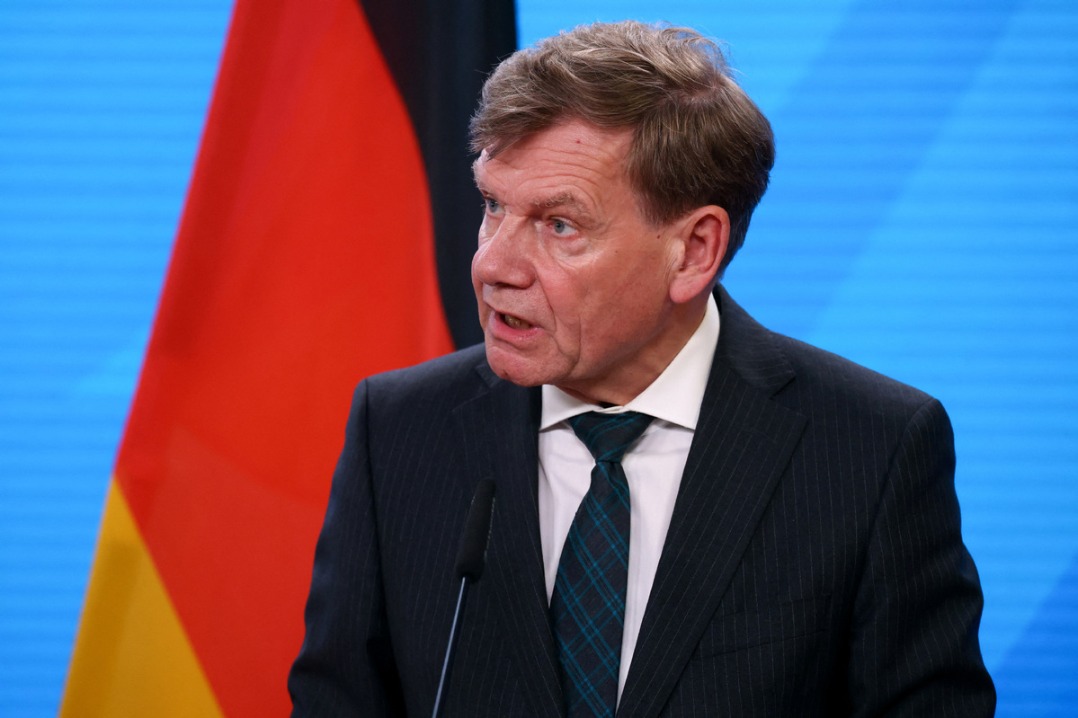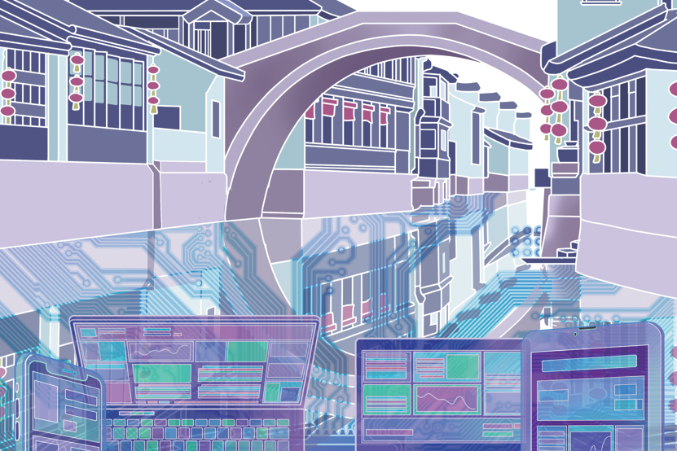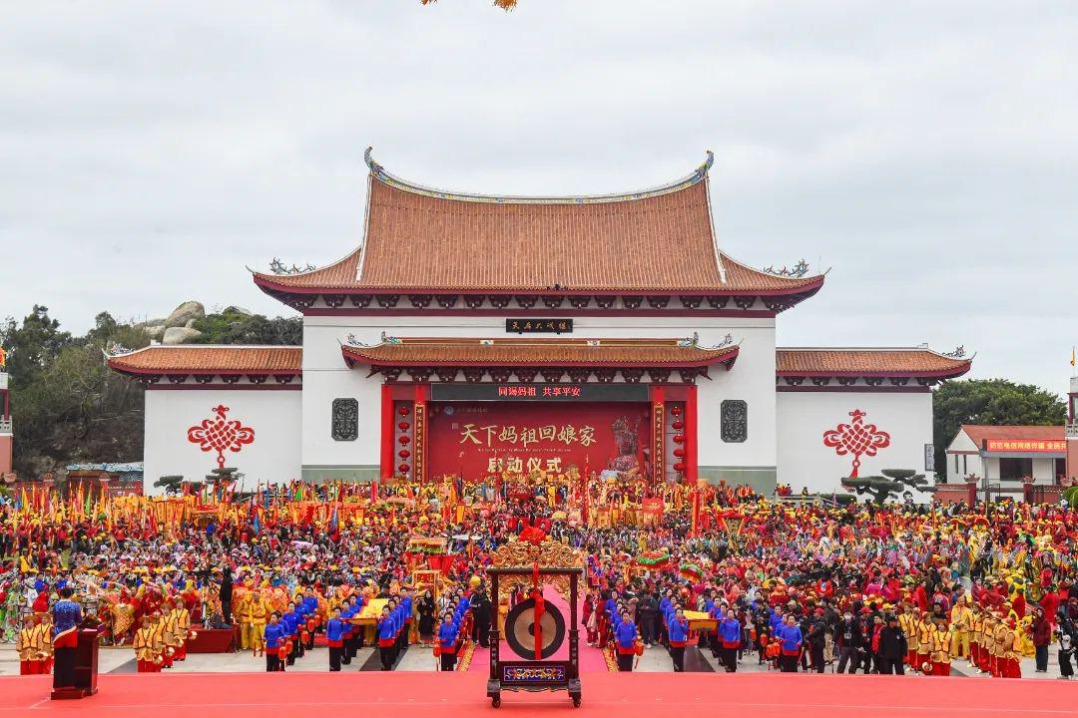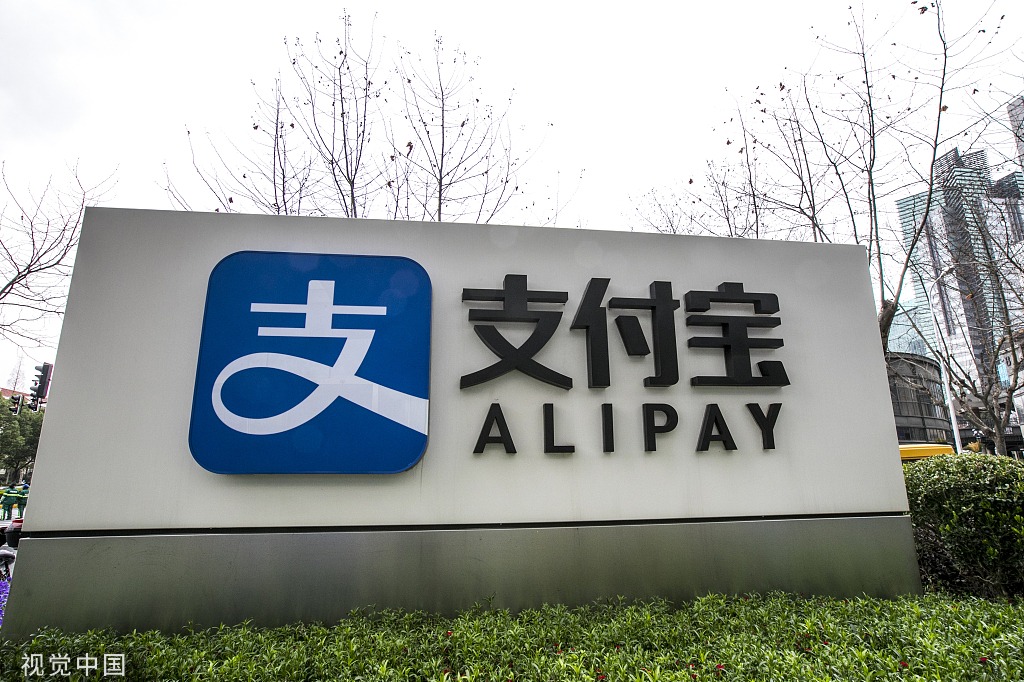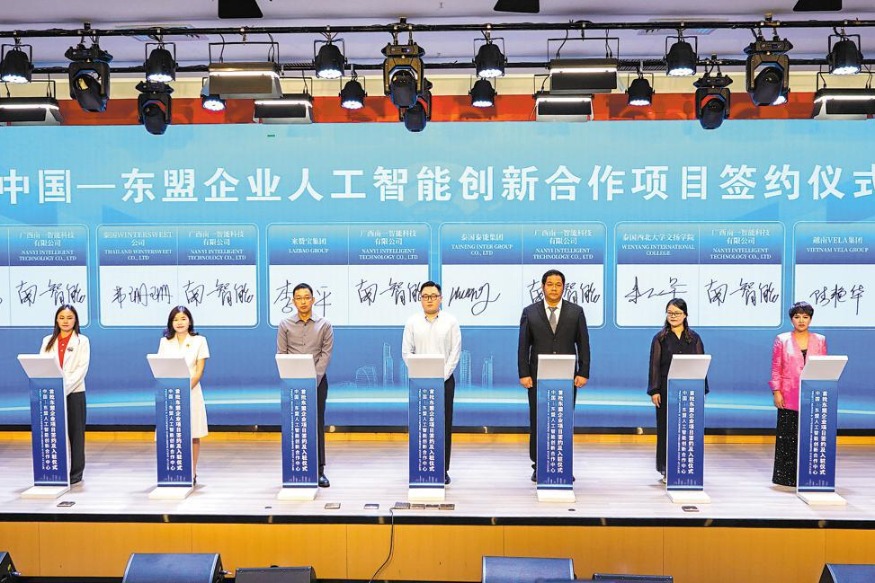Xi's visit ushers in new era of Nepal-China relations

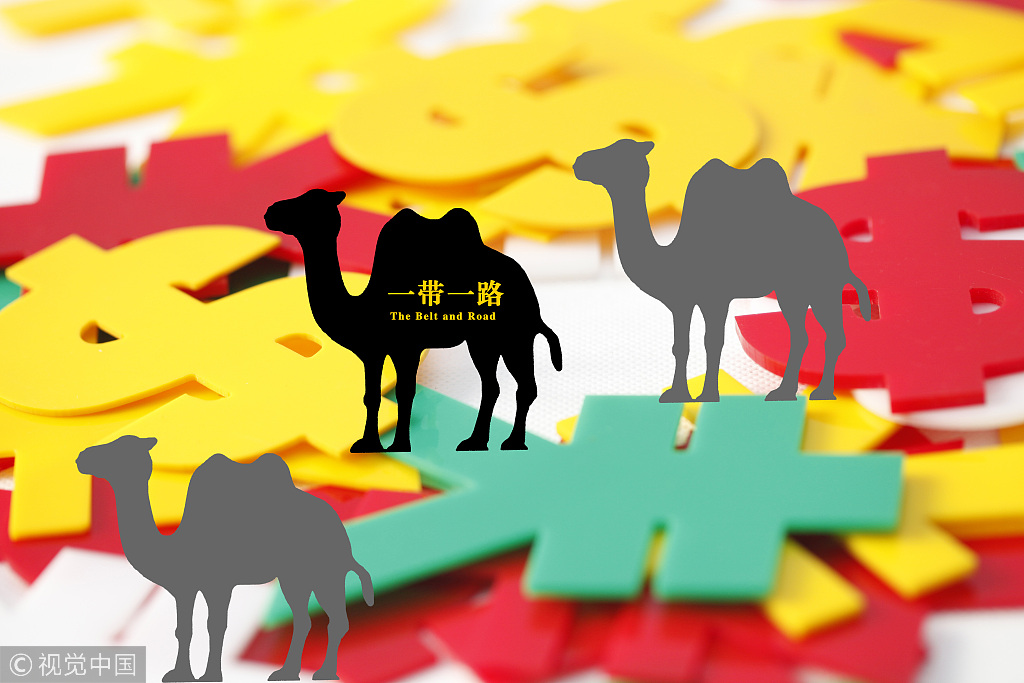
Chinese President Xi Jinping paid a two-day visit to Nepal at the invitation of his Nepali counterpart Bidya Devi Bhandari. The visit was highly anticipated in Nepal, as there had been no top-level visit by a Chinese leader since 1996. Xi's visit has begun a new era in the centuries-old friendship between the two neighbors, not only because the two have decided to elevate the relationship from Comprehensive Partnership of Cooperation to Strategic Partnership of Cooperation Featuring Ever-lasting Friendship for Development and Prosperity, but also because important agreements and Memoranda of Understanding have been reached between the two countries. The top-level visit has further consolidated the political foundation of the diplomatic ties established in 1955.
Of all the 20 instruments signed and exchanged during the visit, perhaps the most important is the MoU on conducting feasibility study of the China-Nepal cross border railway project, which means the railways connecting Nepal's capital city Kathmandu with Jilong, a border town of the Tibet autonomous region of China. This MoU is in line with the Trans-Himalayan Multidimensional Connectivity Network, which was also included in the Declaration of the Second BRI Summit for International Cooperation held in Beijing in April this year. It should also be noted all major political parties had made commitments in their election manifestos to ensure railway connectivity with China.
In addition to supporting Nepal's efforts for trade diversification, the railway is expected to boost Nepal's tourism, as China is the second-largest source of foreign tourists for Nepal and the number of Chinese tourists visiting Nepal has been steadily increasing. Nepal is the first South Asian country to be designated an approved destination for Chinese tourists.
The MoUs on the establishment of Working Groups on Investment Cooperation and Trade are no less important, considering Nepal is in dire need of foreign investment for its development and the MoU is expected to enhance Chinese investment in Nepal. The MoU on Tunnel Construction Cooperation is also of immediate importance, as it will ease upgrading of the Jilong/Keyrung-Kathmandu Highway which is now the most important overland trade and transit route between China and Nepal.
In addition to the instruments signed in the presence of Xi and Nepal's Prime Minister KP Sharma Oli following their bilateral talks, what the heads of state said confirm the frictionless Nepal-China relations have in fact been elevated to a new height. On one occasion, Xi said Nepal would no longer be a landlocked country but a land-linked one, which seems close to fruition when we consider Nepal and China have reached agreements to use Chinese ports, railways and roadways for the ease of Nepal's access to sea and international trade. Xi also announced China would increase the number of government scholarships to young Nepali for higher studies in China and provide a sum of 3.5 billion yuan for the next three years as assistance for uplifting the living standard of the Nepali people. Nepalese President Bhandari, who addressed the ceremony beforehand, reiterated Nepal's firm adherence to the one-China policy. Reflecting public sentiment, she also highlighted the Jilong/Keyrung-Kathmandu railway and an extension to Lumbini, the birthplace of the Buddha.
In a signed article published Oct 11 in The Rising Nepal, Xi made clear his visit was intended to draw up a new blueprint for bilateral ties between the two neighbors. Highlighting Nepal and China’s age-old relations, he said: "China and Nepal are close neighbors linked by the same mountains and rivers and enjoy a long-standing friendship. More than 1,600 years ago, the Chinese and Nepali monks Fa Hien and Buddhabhadra visited each other's countries and together translated Buddhist scriptures into Chinese. Their translation works have remained influential to this day. In China's Tang Dynasty (618-907), the Nepali Princess Bhrikuti was married to Tibetan King Songtsen Gampo, while the Chinese monk Huen Tsang visited Lumbini, the birthplace of the Buddha, and left many precious written accounts of his pilgrimage. Then in the Yuan Dynasty (1271-1368), Arniko, the renowned Nepali architect, led a group of artisans to China and presided over the construction of the White Stupa at the Miaoying Temple in Beijing among several magnificent structures over the country."
"Since the establishment of diplomatic relations in 1955, Nepal and China have respected each other and trusted and supported each other, setting an example of equality, friendship, and mutually beneficial cooperation between neighboring countries," Xi wrote. The article included specific objectives of the visit, such as deepening strategic cooperation, broadening practical cooperation, expanding people-to-people exchange and enhancing security cooperation. And the visit has been successful on even more fronts than that.
The investment in Nepal under the BRI is less than that in the other South Asian countries which have signed MoUs on BRI with China, such as Pakistan, Bangladesh, the Maldives and Sri Lanka. For instance, the over $50 billion China Pakistan Economic Corridor is under construction in Pakistan, and agreements have been made to implement BRI projects costing about $38 billion. But now, with the elevation of Nepal-China relations to a strategic partnership of cooperation, it is expected that both sides would work more closely to increase Chinese investment.
Nanda Lal Tiwari is an subeditor at The Rising Nepal.






















